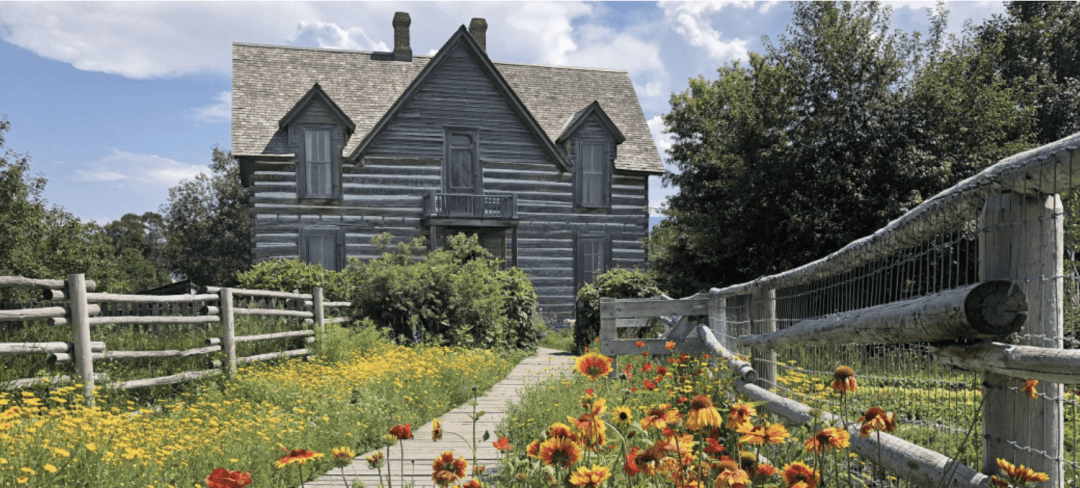
BOZEMAN – At the end of the game, Chris Kelley didn’t know the final score. But he knew Montana State’s men’s lacrosse team had scored more goals than the University of St. Thomas, and that was what mattered. Next came the frigid deluge of a cooler of Gatorade dumped over his head.
“I about dropped to my knees,” said Kelley, head coach of the club team, who also founded the squad back in 2003. “It was awesome.”
The Bobcats earned a national title on Saturday, defeating St. Thomas by a score of 12-7. It was in the team’s first-ever appearance in the championship game of the Men’s Collegiate Lacrosse Association.
The team played four games over six days in the humid heat of Round Rock, Texas, during the MCLA tournament. On top of that, Kelley and his fellow coaches proctored more than two dozen exams for team members since the tournament overlapped with the final week of MSU’s spring semester.
Each of the Bobcats’ opponents posed a unique challenge. First-round opponent Tulane University was the conference champion of the Lone Star Alliance. The quarterfinal foe, the University of Rhode Island, won the Continental Lacrosse Conference. Playing the Air Force Academy in the semifinal rubbed salt in a fresh wound, as that team had beaten the Bobcats by a single goal just days earlier for the Rocky Mountain Lacrosse Conference title.
MSU outscored those three teams by a combined 35 goals on their way to the title match against St. Thomas, never allowing an opponent to score in the double digits. They avenged their earlier loss to Air Force by stunning the No. 1 ranked Falcons 21-4.
“We came out of that conference championship a little disappointed in ourselves. We knew we were better than that,” said Ethan Zwickey, the team’s goalie and a newly minted MSU graduate — he missed Friday’s commencement ceremony to travel to the tournament.
“We just caught fire in the beginning of that [semifinal] game and made all the right adjustments, making a lot of defensive stops,” he said. “And our offense honestly couldn’t miss the cage all day.”
Lacrosse is a club sport at MSU, meaning it is overseen by a board of players and coaches and primarily funded by player dues and fundraising rather than a governing body like the NCAA. This year was the team’s sixth all-time appearance in the national tournament and third in a row. Their opponent in the championship, the Tommies of St. Thomas, hold MCLA records for both national tournament appearances (11) and titles (six).
MSU lost to St. Thomas in the early weeks of the season, falling by one goal in overtime, but MSU attack Jona Serrell said the memory of that close loss gave the Bobcats confidence in the title game.
“We knew we could beat them, but that if we were going to, we’d have to play a complete game,” said Serrell, a junior studying fish and wildlife ecology and management who is originally from Utah.
The Bobcats trailed 3-1 after the first quarter. Each time St. Thomas scored, Zwickey said, the MSU players reminded both themselves and each other why they were there: a love of the game and a love of playing together.
“St. Thomas capitalizes on whatever mistakes their opponent makes. They’re a very disciplined team, very determined and very talented,” he said. “We knew we were a lot better than how we played that first quarter. We took a step back and looked at the game, at how much fun we were having playing with each other, and let the game come to us.”
Coach Kelley called lacrosse “a game of runs” where momentum can shift at any time. When things are clicking, it’s important to capitalize on everything that’s working well. And for the Bobcats after the first quarter, that was most everything.
“It’s a lot of emotions. A lot of tears, a lot of hugging, too many pictures,” Zwickey recalled of the moment the game was over. “It still doesn’t even feel quite real. It was a long season, so to be able to end that way and enjoy that moment with our families around us, it was really special.”
Serrell scored the final goal of the game, giving the Bobcats their ultimate five-point margin of victory. Zwickey, the goalie, added 12 saves to the 19 he tallied against Air Force and was named tournament MVP. He was joined on that all-tournament team by Serrell at attack; midfielders Matt Bess and Vernon Loucks; short stick defenseman Auston Neubauer; long stick midfielder Sam Radke; and defenseman Andreas Lucero.
“Ethan Zwickey is the best goalie in the MCLA. He was astonishing in this tournament,” said Serrell. “He’s a team leader and very humble, but he really kept us in a lot of those games. He 100% deserved that tournament MVP. He played some of the best lacrosse that I’ve ever seen anyone play.”
Zwickey, who completed a degree in finance and management from MSU’s Jake Jabs College of Business and Entrepreneurship this spring, said hoisting the championship trophy was bittersweet since he’s closing out his time as a Bobcat. He’s known Kelley since he was in middle school, receiving his first Bobcat lacrosse helmet from Kelley in eighth grade. And while the championship brings pride, Zwickey hopes he and the rest of the senior class leave a different legacy.
“The winning is great, and I hope they’re back in the national tournament every year from here on out,” he said. “But I really just hope everybody loves each other as much as this group does.”
Kelley credited assistant coach and team alum Connor Dack for his leadership during the season, along with the 2024 class of seniors. He said the graduating athletes shared memories the night before the title game, knowing they had the opportunity to accomplish something special.
“We knew what it meant to all the players in that group, and they were able to share that with the team before Saturday even started,” he said. “Ten years ago, we made our first national tournament appearance, and now 10 years later here we are, hoisting the trophy at the very end. It’s pretty monumental for us, but it’s a benchmark to hold ourselves to for a long time coming. They’ve taught me a lot, just from their hard work and focus. I am so proud of these guys.”








News Comments
Thank you
Open Auditions for Annie
Monday, Sep. 16, 2024
I’m at the Bozeman airport where your painting, “Blowing East” is displayed. It’s absolutely gorgeous! Bravo, Marci!!
The Artists’ Gallery in Bozeman’s Emerson Cultural Center May Exhibits
Sunday, Jun. 30, 2024
This is so typical of a sign in, which we should not have to do to check if we or some one in our party got a permit. I have been working or "creating an account" for 30 minutes and just get the same ...
Smith River permit drawing results available
Sunday, Mar. 10, 2024
I have struggled with this podcast and my own participation therein, the event itself obviously traumatic, but beyond that my inability to reach anyone and convey anything resembling truth. The person ...
Billings, MT Case Becomes True Crime Podcast | 'An Absurd Result'
Marktokarski
Saturday, Jan. 20, 2024